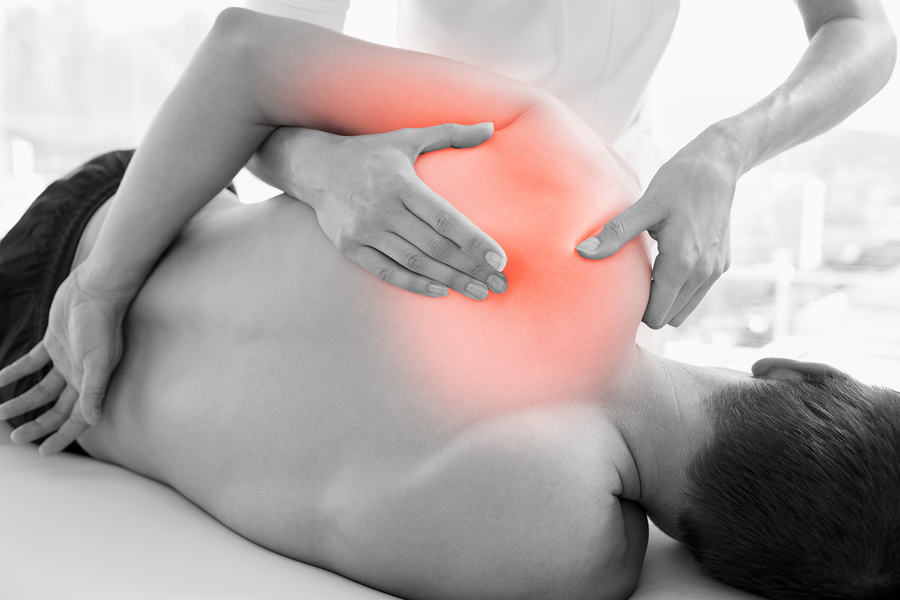FDA Approved Genetic Test for Opioid Use Disorder Is Flawed
/By Crystal Lindell
An FDA-approved test that claims it can identify genetic risk for opioid use disorder (OUD) is so flawed as to basically be useless – at least according to a new study published in JAMA.
The genetic test, which is sold under the brand name “AvertD” by AutoGenomics, was given approval by the Food and Drug Administration in 2023. The test claims it can use 15 genetic variants to identify people at risk for misusing opioids.
According to AutoGenomics, the variants “may be associated with an elevated genetic risk for developing OUD.” However, the company provides no citations to support the associations between the brain reward pathways and OUD — meaning the test’s foundation itself seems to be flawed.
However, the authors took the premise of the AvertD test seriously, and set out to find if it could actually predict OUD. They looked at a diverse sample of more than 450,000 “opioid-exposed individuals” (including 33,669 individuals with OUD), and found no evidence to support the use of the AvertD test.
Specifically, they found both high rates of false positives and false negatives, with 47 out of 100 predicated cases or controls being incorrect.
“Notably, clinicians could better predict OUD risk using an individual’s age and sex than the 15 genetic variants,” researchers said.
The fact that the test doesn’t seem to work could have dangerous consequences for pain patients. The fear is that they will be used to deny patients opioid medications simply because their “genetic markers” show them to be in a high-risk patient group.
The study authors directly point this out, writing: “False-positive findings can contribute to stigma, cause patients undue concern, and bias health care decisions.”
They also point out the potential harms of a false-negative finding, which "could give patients and prescribers a false sense of security regarding opioid use and lead to inadequate treatment plans."
The fact that this genetic test has gotten as far as it has raises questions about the FDA approval process.
The problems don’t stop there though. Another major flaw in both the study and the genetic testing is that “Opioid Use Disorder” has such murky diagnostic criteria, that it’s difficult to take it seriously. It’s basically a set of vague symptoms, as opposed to a clear-cut diagnosis, despite what some have been led to believe.
A CDC fact sheet for OUD Diagnostic Criteria is a mishmash of vague symptoms, such as tolerance and withdrawal, that could just be the result of untreated or poorly treated physical pain.
Things like “taking opioids in larger amounts or over a longer period of time than intended” and “having a persistent desire or unsuccessful attempts to reduce or control opioid use.”
The CDC also lists "withdrawal symptoms" as one of the diagnostic criteria for OUD, which is something that people can experience from rapid tapering without having OUD.
The CDC then includes the odd disclaimer that “tolerance and withdrawal are not considered” when opioids are taken under appropriate medical supervision.
So in a country that does not guarantee healthcare, you can avoid an OUD diagnosis if you can afford to find a doctor willing to prescribe opioids to you. But if you can’t find a doctor or abandoned by one — and then have withdrawal symptoms — you must have a disorder.
That doesn’t sound like a medical diagnosis to me. That sounds like classism.
A patient needs just to have just two of the OUD criteria to have “mild OUD” – a benchmark that has the sweeping effect of including a large number of patients taking opioids for chronic pain.
It’s no wonder that a genetic test claiming to be able to predict OUD would be so flawed, given how flawed the diagnosis of OUD is to begin with.
Perhaps instead of trying to guess potential risks for a vague disorder, the FDA should be focused on treatments already proven effective for people who want to stop their opioid use, like expanding methadone access.
The whole situation reminds me of the Tom Cruise-movie Minority Report, a futuristic thriller in which a specialized police department called Precrime “apprehends criminals by use of foreknowledge provided by three psychics.”
Denying people pain medication based on a flawed genetic test that falsely claims it can predict the future is basically the same thing. And it’s just as evil in real life as it is in the movie.
















